Get the weekly SPARTANAT newsletter.
Your bonus: the free E-Book from SPARTANAT.

Four foldable submachine guns from the past
The text explores the development of compact and disguised submachine guns throughout history, focusing on inventions like the ARES/Warin Stealth Gun, UC-9 and M-21, PP-90 and Goblin, and Magpul FMG-9. Despite their unique designs and capabilities, these weapons never fully entered production due to legal restrictions.
Today we take a look into the past. More specifically, we want to explore a special type of submachine guns. The ones that, even though they are right in front of you, may not be recognized as deadly weapons at first glance. When folded, they house a submachine gun with all its fast and devastating firepower.
ARES/Warin Stealth Gun
In the mid-1970s, Franics J. Warin had an idea. He wanted to develop a weapon that could be carried by a person who appeared unarmed. He succeeded in this, as the folded weapon took the form of a box. 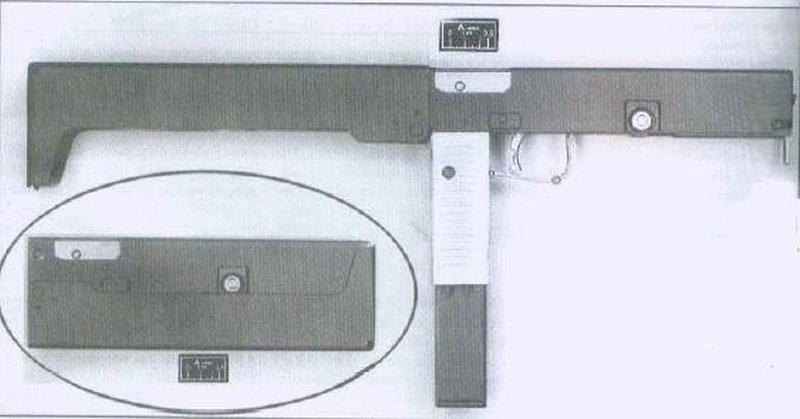 It could be quickly unfolded to reveal a submachine gun capable of firing 650 rounds per minute. He patented the idea and took it to ARES to manufacture. Eugene Stoner was the President of Ares at the time and is sometimes mistakenly credited as the inventor of this weapon. Unfortunately, the project never took off and only two prototypes saw the light of day.
It could be quickly unfolded to reveal a submachine gun capable of firing 650 rounds per minute. He patented the idea and took it to ARES to manufacture. Eugene Stoner was the President of Ares at the time and is sometimes mistakenly credited as the inventor of this weapon. Unfortunately, the project never took off and only two prototypes saw the light of day.
UC-9 and M-21
In the 1970s, Utah Connor also had a similar idea. The concept of concealment was very important to him, so he wanted the disguised form to resemble a radio, even adding a non-functional antenna. His vision was for police officers to carry or place this weapon like a radio and quickly deploy it during an operation. He named the project Undercover 9 or UC-9. 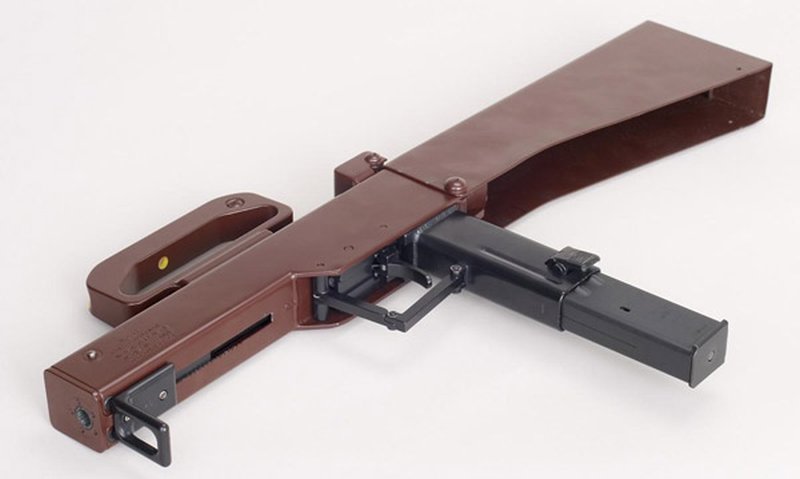 Connor also could not produce the weapon alone, so he teamed up with Dave Boatman. Together, they manufactured it under a different name. It was ultimately called M-21 and used parts of a UZI in addition to a UZI magazine for the firing mechanism.
Connor also could not produce the weapon alone, so he teamed up with Dave Boatman. Together, they manufactured it under a different name. It was ultimately called M-21 and used parts of a UZI in addition to a UZI magazine for the firing mechanism. 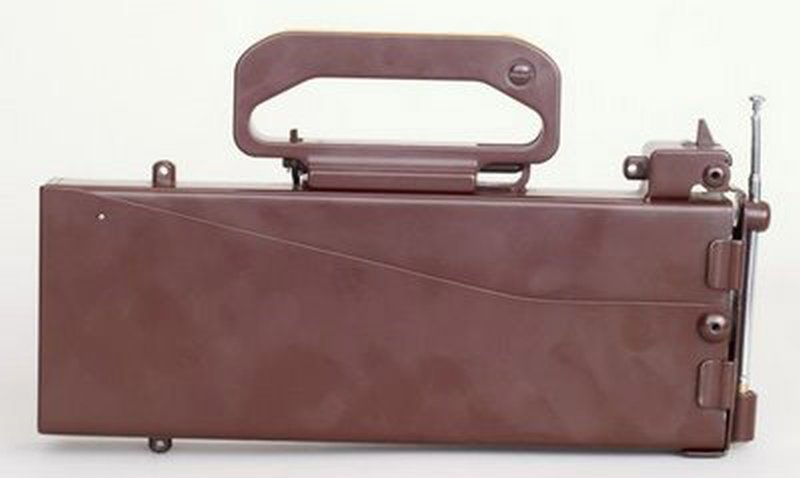 Business was good for them, but in 1986, a law was enacted prohibiting the sale of such submachine guns. Production had to be discontinued. However, all models produced before 1986 can still be purchased in the States under special conditions and from a special dealer. Some UC-9 receivers manufactured in 1976 were obtained by a company called M6. They completed the weapon using modern means, and so the cases sometimes have USB ports or other connections to disguise them for present-day conditions.
Business was good for them, but in 1986, a law was enacted prohibiting the sale of such submachine guns. Production had to be discontinued. However, all models produced before 1986 can still be purchased in the States under special conditions and from a special dealer. Some UC-9 receivers manufactured in 1976 were obtained by a company called M6. They completed the weapon using modern means, and so the cases sometimes have USB ports or other connections to disguise them for present-day conditions.
PP-90 and Goblin
In the early 1990s, a model from the KBP Instrument Design Bureau in Tula saw the light of day. Inspired by the ARES M-21, this weapon used the 9x18mm Makarov caliber and was intended for security forces. Functioning somewhat more simply than previous models, it fired only in full auto and was named the PP-90. When folded, it was about 25 centimeters long, but when unfolded, it doubled in length to about 50 centimeters. This was shorter than the comparative models. However, it had a barrel with threads at the end for possible suppressor use. 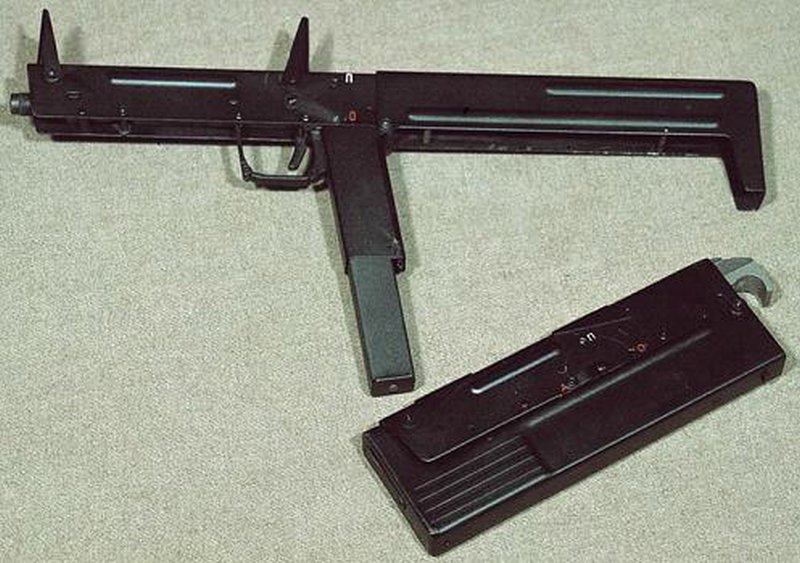 Ukraine took notice of the development and produced a copy with only minor differences. The Ukrainian version was named Goblin and used the 9x19mm Luger caliber. Additionally, it had a short front grip, as well as folding sights. Russia followed suit and also produced a 9mm Luger version named the PP-92.
Ukraine took notice of the development and produced a copy with only minor differences. The Ukrainian version was named Goblin and used the 9x19mm Luger caliber. Additionally, it had a short front grip, as well as folding sights. Russia followed suit and also produced a 9mm Luger version named the PP-92.
Magpul FMG-9
Finally, the most recent approach to a folding submachine gun from 2008, the FMG-9 by Magpul. Inspired by the M-21 design, they further developed it. 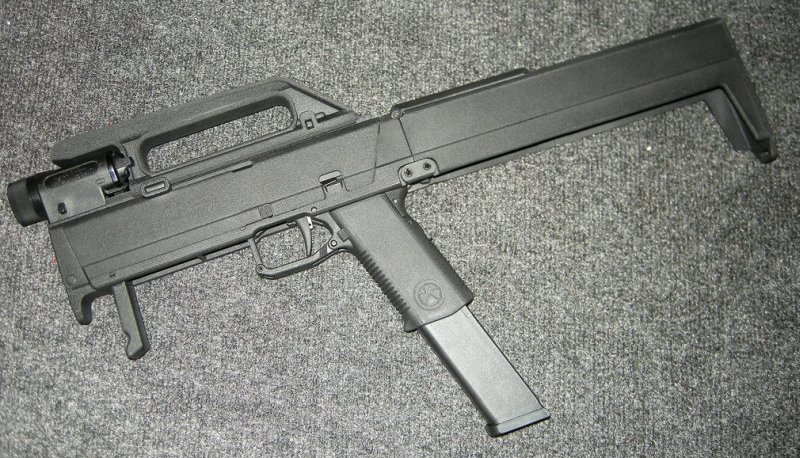 It was as long as the PP-90 but with the firing mechanism of a Glock 17, or a Glock 18c, and accepted magazines with only 17 or 33 rounds.
It was as long as the PP-90 but with the firing mechanism of a Glock 17, or a Glock 18c, and accepted magazines with only 17 or 33 rounds. 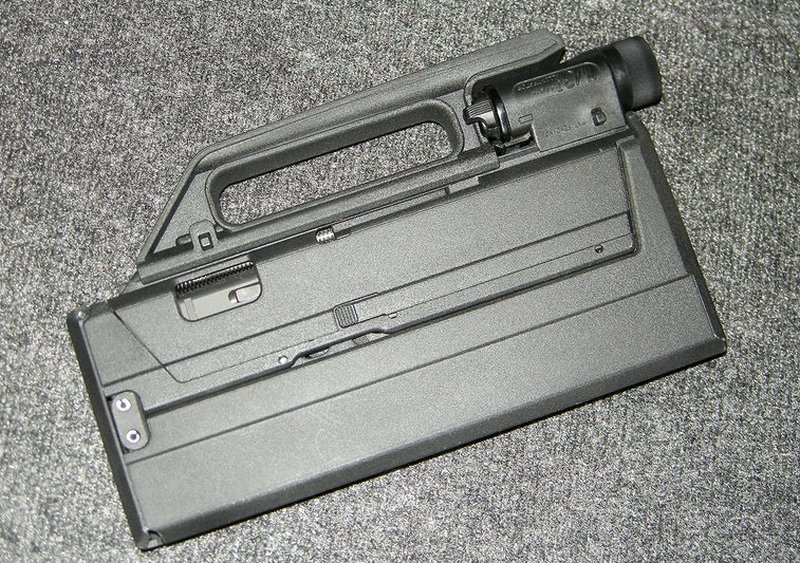 It was presented at the SHOT Show in 2008, but production never materialized.
It was presented at the SHOT Show in 2008, but production never materialized.
Although there are various submachine guns, such as the MP-7 by Heckler and Koch, which are compact and deliver significant firepower, weapons that do not initially appear as weapons but still have a place. Who knows what the future holds and whether the classic M-21 design will be reinterpreted once again.
SPARTANAT is the online magazine for Military News, Tactical Life, Gear & Reviews.
Send us your news: [email protected]
Ad
similar
Get the weekly SPARTANAT newsletter.
Your bonus: the free E-Book from SPARTANAT.


